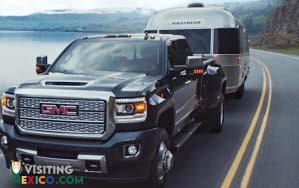
Towing in Mexico
Here are some important things to note when you are towing in Mexico. Special thanks to Charles Lundy from Mexico Insurance Services for the info.
The horror stories of traveling across the border into the U.S., even with its more stringent border security protocols, are dramatized. The problems are often due to people being unprepared or uneducated. Millions of people have traveled to and from Mexico safely and crossed in and out of the U.S. legally without hassle. That’s why you’re here. You plan to be one of those millions without issue.
FMM Tourist VISA Application
MORE ABOUT FMM Tourist CARD
RETURNING FMM AND TIP AT THE BORDER
Bring your valid registration, make sure is up to date.
MORE ABOUT TEMPORARY IMPORT PERMIT (TIP)
FREE ZONE MAP WHERE THE PERMIT IS NOT REQUIRED
Upon arrival in Mexico, business travelers must complete and submit a form (Form FM-N) authorizing the conduct of business. This does not include employment. The term is 30-days.
First of all, it’s the law throughout Mexico for a tourist vehicle to have insurance from a Mexican company – at the very least liability insurance. You can buy a liability policy to compliment your U.S. or Canadian coverage but usually it’s best to just get Complete Coverage because a lot of US companies say they cover in Mexico – but they don’t.
Second, Facebook is a disaster full of influencers peddling what seems to be good looking website that are nothing more than a front for Mexican companies. This is a circumvention of the US laws related to insurance. Mexican companies are not supposed to market to US citizens, but through Facebook and some greedy influencers you will find website with iframes to a Mexican company selling insurance directly to US consumers. It’s actually a brilliant way to circumvent US insurance regulation and apparently there are plenty of people willing to do it.
There are a few real companies, that manage their own technology and protect your data in the United States. They’ve been around a long time and they are independent.
Companies that protect data, and adhere to all the US regulations, which means they are putting your interests ahead of their own. It’s not cheap to run data infrastructure required to keep customer data safe – and a greedy business finds it cheaper to let the Mexican insurance companies manage their website at their customer expense. But these companies that spend the money to keep themselves independent are the only ones you should be sending your business to.
Aside from luggage and trunks of clothes, travelers can bring items for personal use:
You can also contact the Mexican consulate if you have any further questions.
Vaccines are required and recommended for travel by the CDC
If your trip to Mexico warranted a vehicle permit be sure to return the permit and stickers in person before leaving the country.
If you do not return your permit in person, you risk losing your entire deposit (typically around $400) or having to make the trek back to Mexico simply to return this paperwork.
Travel across the border into the U.S. often takes 1-3 hours. The U.S. border often has long car lines for entry.ICE, Immigration and Customs Enforcement, and CBP, Customs and Border Protection, are the two entities that monitor border crossing into the U.S. They are diligent in their enforcement of border protection. ICE and CBP are mostly concerned with border crossing requirements related to:
Check the U.S. Customs and Border Patrol, border crossing website for estimated wait time.
Bring snacks.
Bring entertainment for small children.
When it’s your turn, be ready: Have your documents out, remove hats and glasses, be mindful that cameras should not be used, and remind passengers that they should act respectfully and refrain from joking about serious border crossing concerns.
It used to be that travelers to Mexico could cross and recross the border with little more than a driver’s license. Today, of course, passports are a must for getting back into the U.S. When crossing the border, customs officials must be presented with a passport or passport card or the traveler will not be permitted to enter the U.S.
To apply for a passport or renew yours, click here.
Passports should be valid for six months following your date of entry.
As general rule cats and dogs must be free of disease, have a rabies certificate and a distemper vaccine (The vaccine must have been given at least 30 days before your travel)
More details on requirements for pets entering the U.S. can be found here.
Check the state and local laws of your final destination in the U.S. regarding pets. In the U.S., each municipality has its own laws regarding allowable pets. For example, some states require, a general certificate of health issued by a veterinarian for dogs entering their state.
Declaration forms can be found at the border or online.
In most cases, travelers will not have to pay a duty to bring them into the U.S. if they collectively fall under the $800 personal limit. However, some items like wine, cigarettes, cigars, and perfume may have imposed duties, nonetheless. (Expert Tip: Keep your receipts during your trip to easily document your purchases when you get to the border).
CBP officers will typically ask about the following:
SENTRI stands for Secure Electronic Network for Travelers Rapid Inspection.These passes are useful for travelers who cross the border often because they transform a frustrating three-hour wait in congested traffic into a ten-minute turnaround.
If you have a SENTRI card or another acceptable travel card, you may enter the U.S. via the Ready Lanes.
Remember that everyone in the vehicle will need to present a SENTRI card to use this lane the SENTRI cards expedite the customs process since cardholders are prescreened and determined to be low-risk travelers.
Not every border crossing, however, is equipped with Ready Lanes at this point; however, many border crossings are planning to install them.
A Fast Pass “Medical Pass” is available for persons who are traveling across the border for the purpose of medical treatment. Some hotels and pharmacies offer access to Fast Passes. Fast Pass Lanes were created to allow the ill and the older folks or those with disability a less tenuous border crossing and are available for those in need. If you believe you may qualify, you should check with your physician, pharmacy, or hotel in Mexico regarding requirements for obtaining a pass.
LEARN HOW YOU CAN APPLY FOR SENTRI PASS
MORE ABOUT IMMIGRATION FOR TOURISTS AND EXPATRIATES IN MEXICO

Here are some important things to note when you are towing in Mexico. Special thanks to Charles Lundy from Mexico Insurance Services for the info.
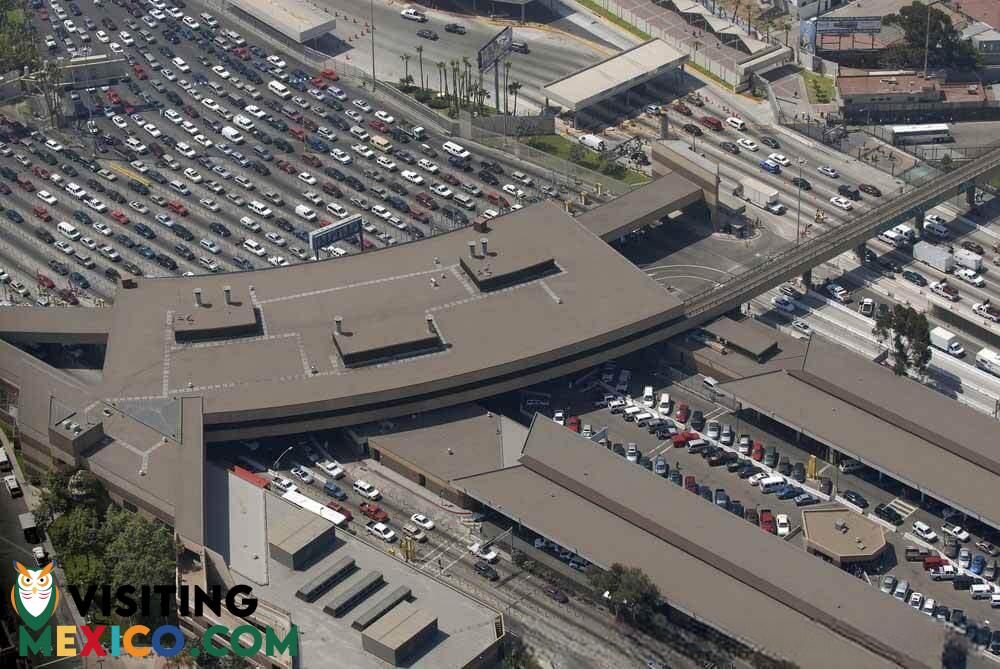
SENTRI and Ready lanes are expedite crossing lines at the border for pre-screened travelers. At various crossings on the U.S.-Mexico border,
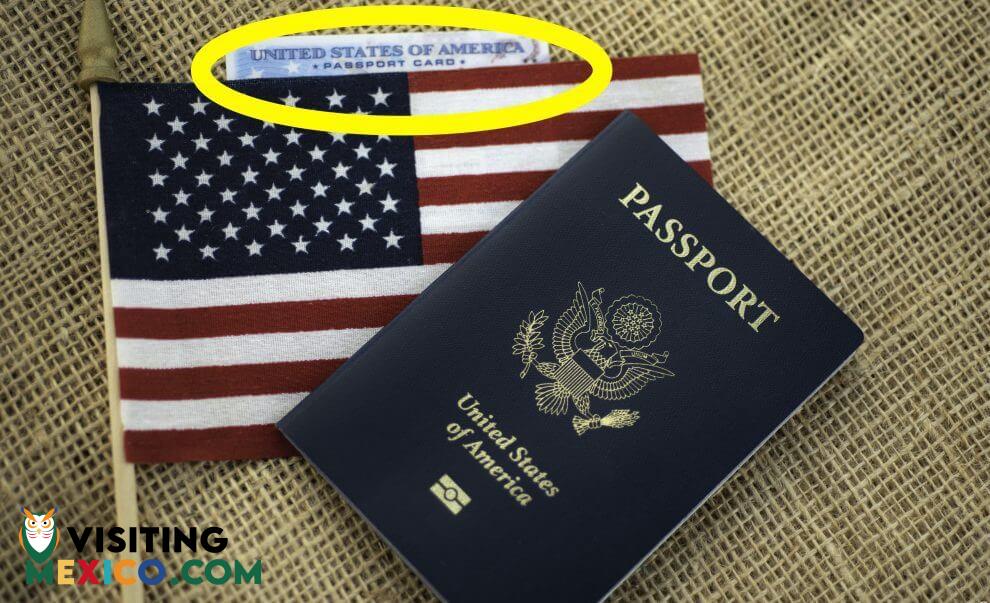
All people traveling to Mexico will need to have their U.S. passport or passport card in order to cross the border and reenter the United States.
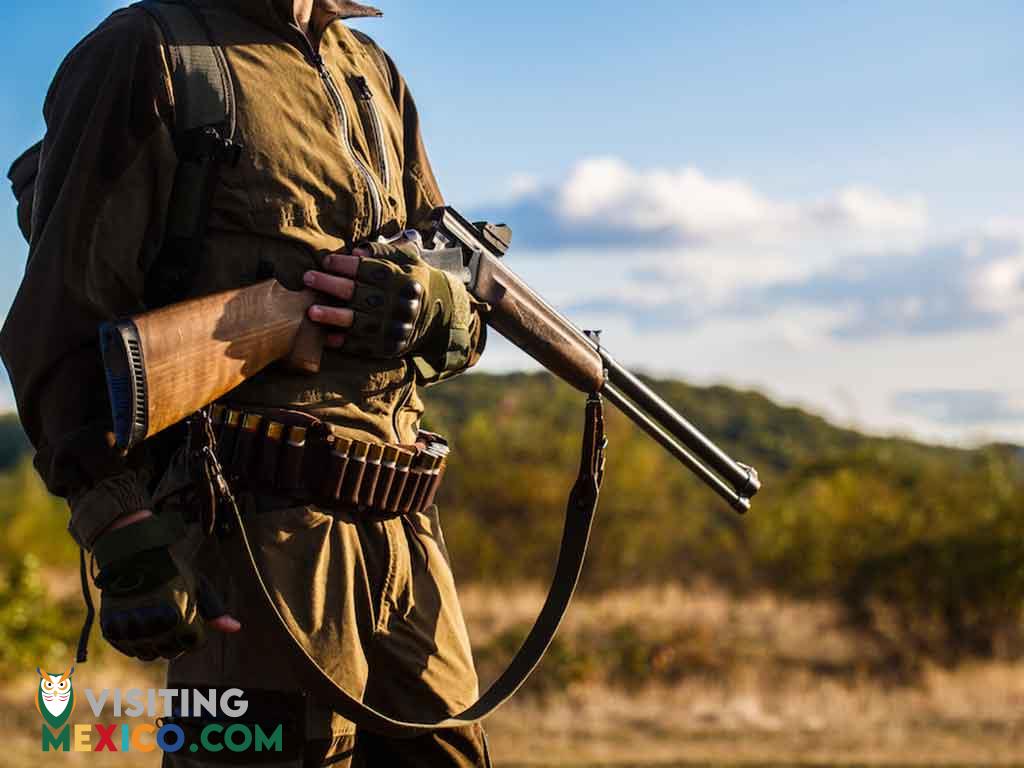
Shotguns are allowed when you prove to Mexican Authorities upon entrance to Mexico that you will be hunting.

A Mexico FMM “tourist card” is officially called a Forma Migratoria Multiple, or FMM. It is a tourist permit usually valid for up to 180 days.
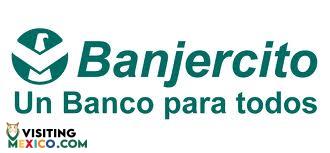
Immigrating is a lengthy and stressful process. You need to know the requirement for the immigration of tourists and expatriates in Mexico.
A form to capture the Coahuila interest in Trip Planning from the website.
A form to capture the Tamaulipas interest in Trip Planning from the website.
A form to capture the San Miguel de Allende interest in Trip Planning from the website.
A form to capture the Sinaloa interest in Trip Planning from the website.
A form to capture the Morelia interest in Trip Planning from the website.
A form to capture the Riviera Nayarit interest in Trip Planning from the website.
A form to capture the San Cristobal de las Casas interest in Trip Planning from the website.
A form to capture the Palenque interest in Trip Planning from the website.
A form to capture the Monterrey interest in Trip Planning from the website.
A form to capture the Nuevo Leon interest in Trip Planning from the website.
A form to capture the Hermosillo interest in Trip Planning from the website.
A form to capture the San Carlos interest in Trip Planning from the website.
A form to capture the Puerto Peñasco interest in Trip Planning from the website.
A form to capture the Sonora interest in Trip Planning from the website.
A form to capture the Mexico City interest in Trip Planning from the website.
A form to capture the Ciudad Juarez interest in Trip Planning from the website.
A form to capture the Chihuahua interest in Trip Planning from the website.
A form to capture the Los Cabos interest in Trip Planning from the website.
A form to capture the Todos Santos interest in Trip Planning from the website.
A form to capture the Loreto interest in Trip Planning from the website.
A form to capture the Baja Sur interest in Trip Planning from the website.
A form to capture the Tijuana interest in Trip Planning from the website.
A form to capture the Mexicali interest in Trip Planning from the website.
A form to capture the Tecate interest in Trip Planning from the website.
A form to capture the Puerto Nuevo interest in Trip Planning from the website.
A form to capture the Valle de Guadalupe interest in Trip Planning from the website.
A form to capture the Ensenada interest in Trip Planning from the website.
A form to capture the Rosarito interest in Trip Planning from the website.
A form to capture the San Felipe interest in Trip Planning from the website.
A form to capture the Baja California interest in Trip Planning from the website.
Form signup from a conference to retrieve business details of people in Mexico who have business that would like to be affiliated with our website for marketing and advertising purposes.
"*" indicates required fields